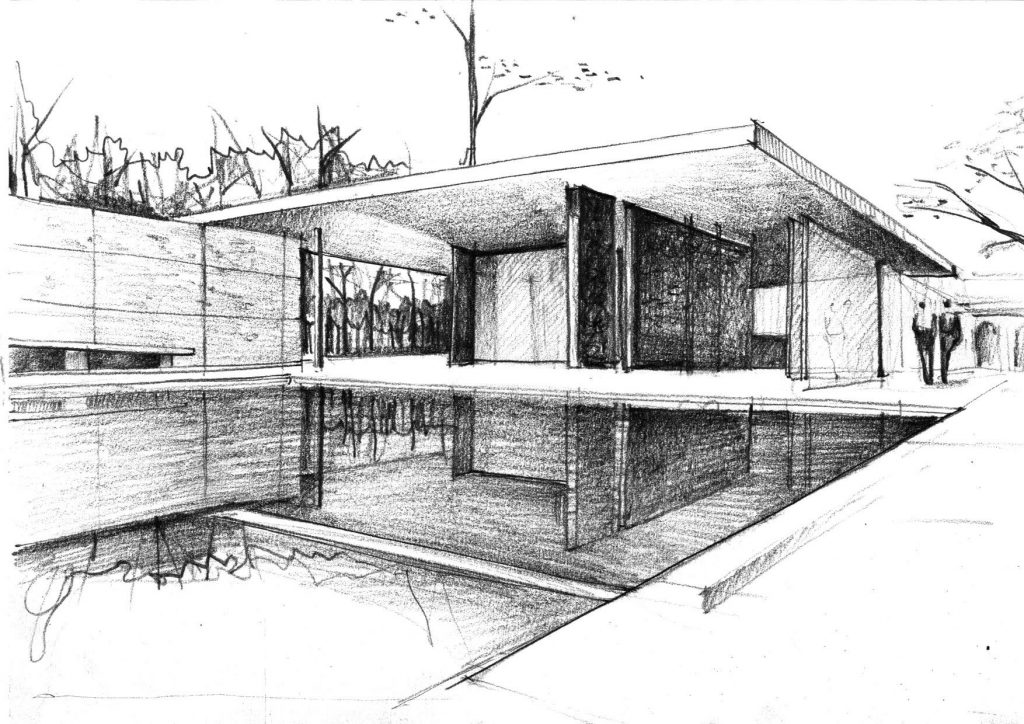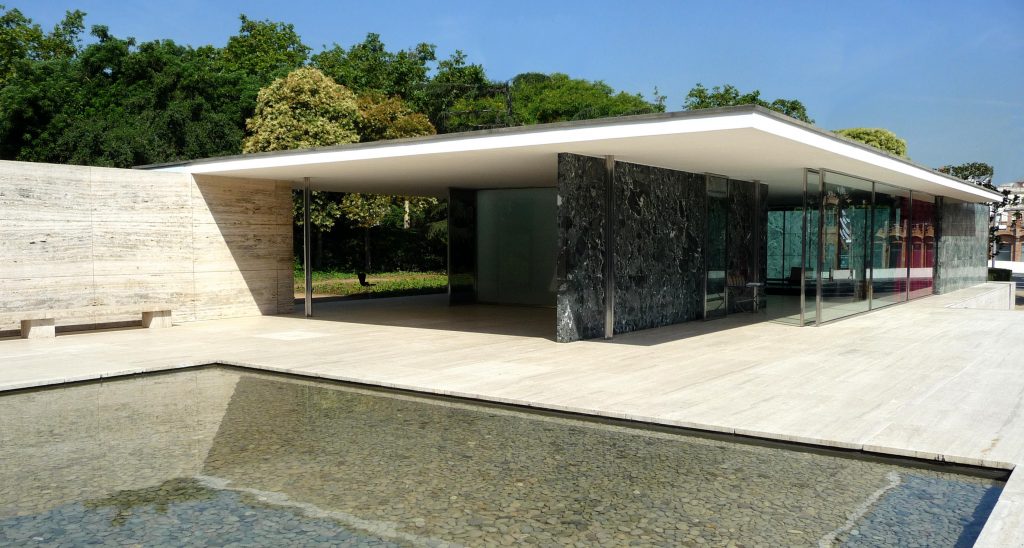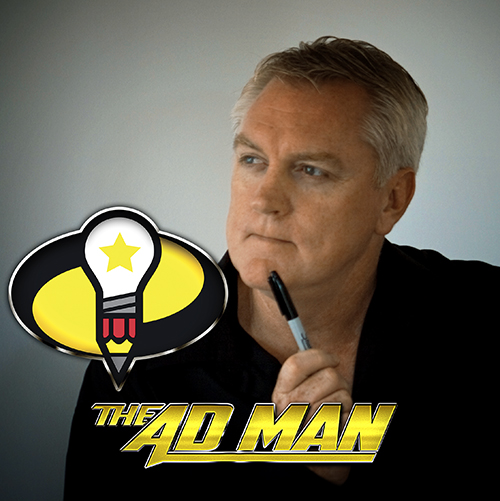A dictionary definition of this phrase is:
“Less is more” suggests that there is value in simplicity and that more can be accomplished
with less.
This well known philosophy of design is often credited to Ludwig Mies van der Rohe the famous German born Architect. As a young architect Mies was appointed director of the Bauhaus 1930 – 33, Germany’s famous school of modern design, having already gained notoriety when he won the commission to design the German Pavilion for the world exposition in Barcelona Spain in 1929. Here in stark reality we can see and experience the “Less is More” concept beautifully expressed in a simple yet elegant structure. It consists of a series of flat plates arranged to provide a minimal number of supporting walls for a wafer like flat plate roof with a reflection pool as its landscape. However Nazi Germany caused Mies to emigrate to the United States where he produced some of his most famous and iconic work and soon became noted for projects such as the Farnsworth House, a simple glass box outside Chicago 1945 – 1951, and 860 – 880 Lake Shore Drive, a ground breaking glass and steel high rise apartment building in Chicago 1949 – 1951 and the Seagram building in New York 1956 – 58. While, as chair of the Illinois Institute of Technology, Mies master planned the institute. Amongst other Mies masterpieces we find the S.R. Crown building, a low level glass and steel building set on a plinth above the ground and elegantly exerting its presence over the grounds as a prime example of technology. A building so simple in appearance, one would consider that anyone could have designed it. But no! It takes great skill to perfect a simple design. Mies wasn’t the only exponent of the international style of modern architecture; however his philosophy of “Less is More” has been enjoyed by many.




